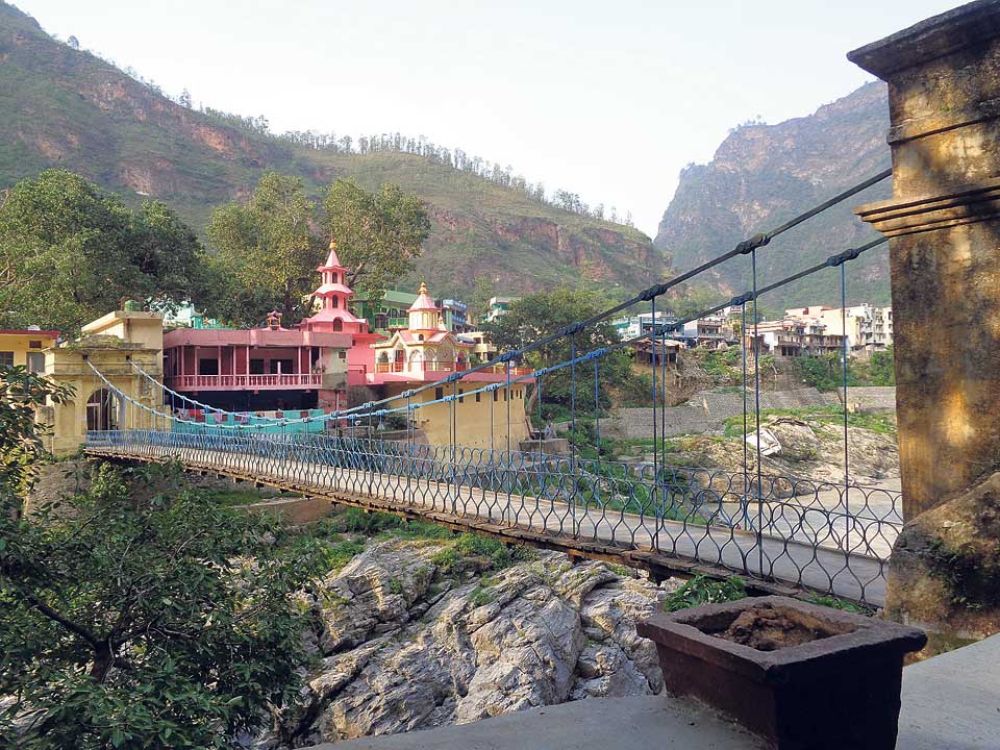

Nestled on the easternmost edges of the Kumaon Himalayas in Uttarakhand, Pithoragarh is a small town with an illustrious history. Known as the 'Little Kashmir', Pithoragarh's tourism story is intertwined with its strategic location and cultural significance. The district is not only a stopover for pilgrims heading to the holy shrines of Kailash and Mansarovar but also a haven for trekkers, nature lovers, and solitude seekers.
The Jhullaghat Suspension Bridge is one of the notable structures in Pithoragarh, which has also become a point of interest for tourists visiting the region. Built over the river Kali, which demarcates the border between India and Nepal, it serves as both a crossing point and a symbol of the friendly ties between the two nations.
The history of the Jhullaghat Suspension Bridge in tourism stretches back to the time when border trade between India and Nepal began to flourish. The bridge facilitated not only trade but also cultural exchange, making it somewhat of a tourist attraction for those interested in experiencing the close-knit relations between the people of the two countries.
In recent times, Pithoragarh, and by extension, the Jhullaghat Suspension Bridge, has been part of several tourism development initiatives. Visitors not only come to witness this marvelous example of engineering but also to engage in cross-border interaction. The experience of walking across a bridge above the gushing Kali river and momentarily stepping into another country is a unique and enlightening experience for many.
The bridge, however, is not just a silent witness to travelers crossing it; it also stands as a vantage point for breathtaking views of the surrounding landscape. The verdant hills, the serene river below, and the sight of the distant Himalayan peaks are most enchanting, drawing photography enthusiasts and nature lovers alike.
Eco-tourism is a growing trend in the area, with an increasing number of visitors seeking sustainable travel experiences that minimize their ecological footprint. There’s also been a surge in interest for adventure tourism, with activities like trekking, mountaineering, and river rafting gaining popularity. The emphasis is on authentic experiences that allow for deeper cultural immersion and the exploration of untouched areas.
Cultural events such as the Jhulaghat Trade Fair are also becoming a draw for tourists. This fair not only celebrates the Indo-Nepal relationship but also showcases the local customs, dances, foods, and crafts. Attending such events provides travelers with a richer understanding of Pithoragarh’s heritage and the lifestyle of its people.
Those planning to visit the Jhullaghat Suspension Bridge should be aware that while the bridge is open to pedestrians, there are regulations in place for crossing the India-Nepal border. Proper identification and sometimes special permits are required for international visitors, especially if they plan to cross into Nepal.
The best time to visit the Jhullaghat Suspension Bridge is between the months of March to June and September to December, when the weather is pleasant, and the views are clear. Travellers are advised to keep abreast of the local weather conditions as the bridge and surrounding areas can be prone to heavy rainfall and landslides during the monsoon season.